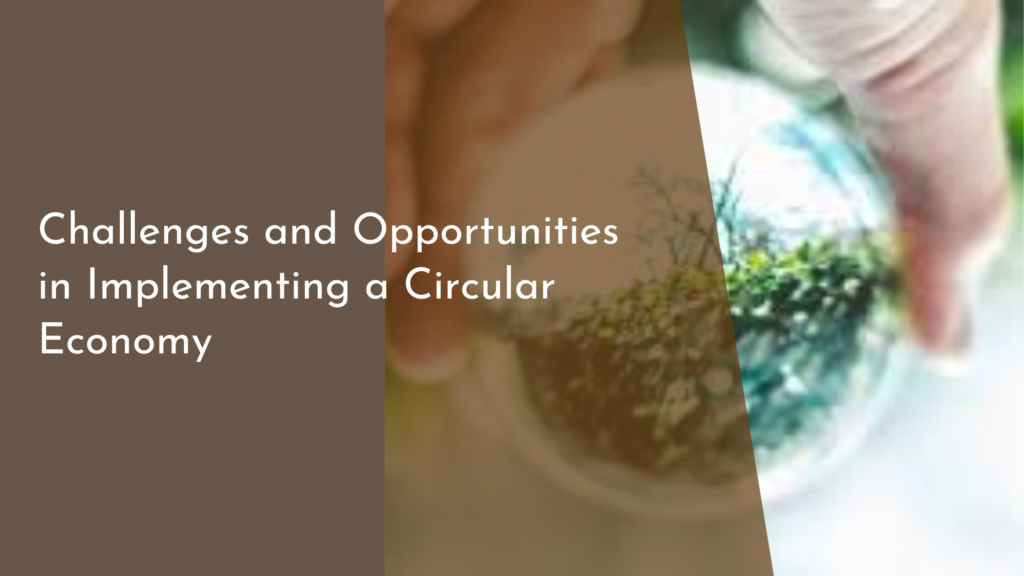Biogas to Liquid Conversion Systems
In an era where the quest for sustainable energy sources is more urgent than ever, biogas has emerged as a champion in the renewable energy landscape. Harnessing organic waste and converting it into usable energy not only helps mitigate environmental issues but also provides a reliable energy source. As technology advances, the potential to transform biogas into liquid fuel opens exciting avenues for reducing dependence on fossil fuels and promoting a greener future. This article will delve into the intricacies of biogas to liquid conversion systems, highlighting their mechanisms, benefits, and future innovations.
Unleashing the Power of Biogas: A Greener Future Awaits!
Biogas is primarily produced through the anaerobic digestion of organic materials such as agricultural waste, food scraps, and municipal solid waste. This natural process generates methane, carbon dioxide, and other trace gases, which can be harnessed for energy production. However, the real game-changer comes when we convert biogas into liquid fuel, opening doors to more efficient storage and transportation. Liquid biogas can be utilized in various applications, including transportation, heating, and electricity generation, making it a versatile energy source.
As governments and industries worldwide recognize the urgent need to lower carbon emissions and combat climate change, biogas-to-liquid conversion systems offer a practical solution. By utilizing waste materials that would otherwise contribute to landfills, this technology not only alleviates waste management challenges but also promotes a circular economy. The exciting prospect of a greener future hinges on our ability to harness the power of biogas effectively, paving the way for cleaner energy solutions that can significantly reduce our environmental footprint.
How Biogas to Liquid Conversion Works: The Science Behind It
The conversion of biogas to liquid fuel typically involves several critical processes, including purification, upgrading, and liquefaction. Initially, raw biogas must be purified to remove impurities such as hydrogen sulfide and moisture. Once purified, the biogas undergoes upgrading to increase its methane concentration, which is the primary component used for energy production. Advanced technologies like pressure swing adsorption and membrane separation are employed in this phase, ensuring high-quality biogas suitable for conversion.
Following the upgrading process, the purified biogas can be liquefied using cryogenic cooling techniques, transforming it into a liquid state. Liquid biogas (LBG) can then be stored and transported more efficiently than gaseous forms, making it a more practical option for widespread use. This scientific advancement not only enhances the viability of biogas as an alternative energy source but also aligns with global goals for sustainable energy transitions. The intricate processes involved in biogas to liquid conversion showcase the ingenuity of modern science in addressing some of the most pressing challenges of our time.
Benefits of Biogas Liquid Fuel: Clean Energy Revolution
The advantages of biogas liquid fuel extend far beyond its eco-friendly nature. As a renewable energy source, LBG significantly contributes to reducing greenhouse gas emissions, thus playing a pivotal role in combating climate change. Unlike fossil fuels, which release carbon dioxide and other harmful pollutants, biogas generated from organic waste is carbon-neutral. When burned, it emits only the CO2 that was originally captured during the organic material’s growth, completing a sustainable carbon cycle.
Additionally, biogas liquid fuel offers energy security and diversification. By harnessing local waste resources, countries can reduce their reliance on imported fossil fuels, thus enhancing energy independence. The production and use of LBG can stimulate local economies by creating jobs in waste management, biogas production, and fuel distribution sectors. Furthermore, transitioning to biogas liquid fuel can lead to cleaner air and improved public health outcomes, making it a win-win solution in the pursuit of sustainable energy and environmental stewardship.
The Future of Biogas to Liquid: Innovations on the Horizon!
As the world continues to innovate and search for solutions to energy challenges, the future of biogas to liquid conversion systems looks promising. Researchers and engineers are tirelessly working on advanced technologies that enhance the efficiency of the conversion process, making it more cost-effective and accessible. Innovations such as integrated bioreactor systems and advanced catalyst development could lead to quicker conversion rates and higher yields of liquid biofuels, driving down production costs and increasing market competitiveness.
Moreover, the integration of biogas production with other renewable energy sources, such as solar and wind power, holds great potential for creating hybrid energy systems. This synergy could lead to more robust, reliable energy solutions that harness the strengths of multiple technologies. With growing investments and supportive policies, the biogas to liquid sector is poised for rapid growth, paving the way for a sustainable energy future. The horizon is bright for biogas liquid fuel as a key player in the global clean energy revolution.
In conclusion, biogas to liquid conversion systems represent a transformative step towards a more sustainable and environmentally friendly energy future. By leveraging organic waste to produce clean liquid fuels, we not only address waste management challenges but also contribute to reducing greenhouse gas emissions and fostering energy independence. As technology continues to advance, the prospects for biogas liquid fuel are brighter than ever, promising an exciting and invigorating journey towards a greener planet. The future is here, and it is powered by biogas!

